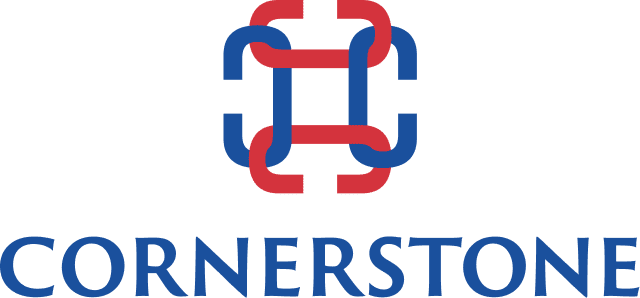What’s Keeping Women Off Boards of Directors?
It’s been 10 years since the dark days of Enron and WorldCom exposed massive failings in corporate
governance. Today, most Boards of Directors are very different in composition and accountability but
one change is proving stubborn: increasing the number of women directors.
Studies have unfailingly identified a dual-gender board as superior to the exclusively male convention.
As a result, the absence of women in the boardroom has drawn critical involvement by activists and
politicians.
In the U.S., Fortune 500 companies are being criticized for having only 16.1% of directors as females;
among Canada’s FP500, representation by women has grown only half a percentage point in the last two
years (to 14.5%); in the U.K., Prime Minister David Cameron says he will “not rule out quotas” as a way
of getting more women onto Boards and also into top executive jobs.
This discrepancy has become a focus of Cornerstone International Group, one of the top four global
executive search organizations with head offices in Los Angeles.
“Our practice group for corporate boards goes back to the 1980’s,” says founder, Chairman, and CEO C.
William Guy. “We offer board assessment, consulting and search with a specific focus on diversity and
gender issues.”
Among CIG’s offices in 45 countries , Spain is one of the most pro-active in women’s board issues. The
member firm, ExcellentSearch, founded a Division of Women on Boards three years ago.
“There are many, many studies identifying the benefits of having women Directors,” says Founder and
CEO Elena Terol. “Gender-diverse boards promote greater vigilance over financial reporting and women
understand the needs and thoughts of women customers and employees better than men.”
Terol’s firm has one of the largest and most up-to-date databases of women interviewed to serve as
board members and she fields queries from around the world. Globally, Cornerstone offices walk the
talk with roughly one-quarter managed by women.
Nationally, Spain lags behind in women’s Board representation with only 11%, but other countries are
starting to forge ahead. The top 100 companies in the UK, facing a government mandated target of 25%
by 2015, reached 15.6% last year, up from 12.5% the year prior. The Nordic-Baltic countries are far in
front: women hold a quarter of boardroom posts in Sweden and in Norway, where quotas came into
force in 2008, the allocation is 40%.
“The recent financial crisis has naturally pushed diversity issues off the front burner,” says Elena Terol
in Madrid. “But it is also true that this crisis leaves Boards needing still greater oversight. Our research
confirms that Board diversity is key to restoring trust.”
More information regarding Women on Boards and other Cornerstone Practice Groups can be obtained
from:
North America
CEO William Guy at
billguy@cornerstoneintl.com
Europe:
CMO Ian Day at
IDay@bkcornerstone.co.uk

